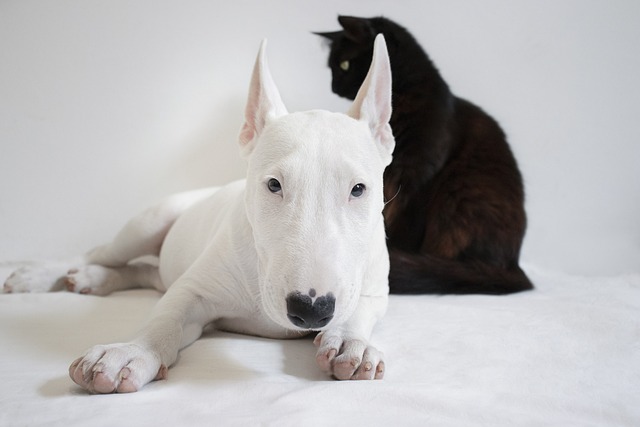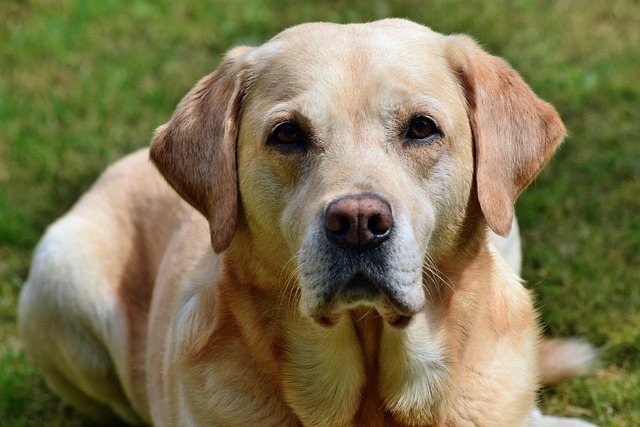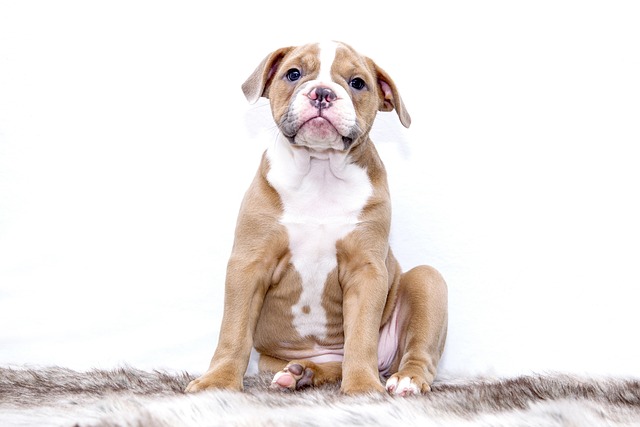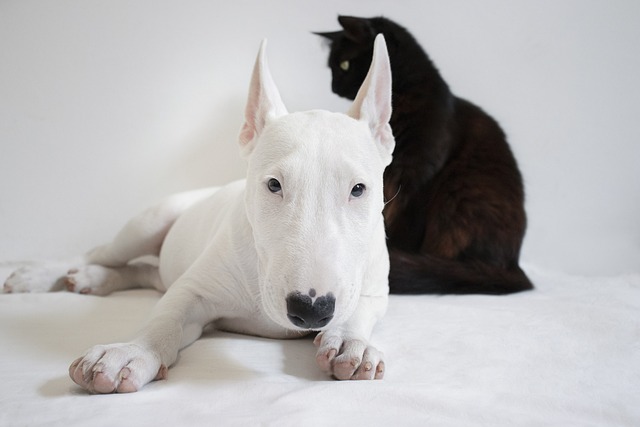
What is the most common dog allergy
I sat with my friend Lena at a coffee shop last week, where she was scrolling through allergy blogs—her 6-year-old son
I stood in the pet store aisle last week with my friend Sarah, who was holding two bags of dog food—one labeled “grain-free” and the other “traditional”—staring at her 8-month-old Pug, Luna. “Everyone online says grain-free is better, but is that true?” she asked. If you’re a new U.S. dog owner scrolling through pet food options, this question is likely familiar. The truth about grain-free dog food benefits isn’t black and white: It offers real perks for some dogs, but it’s not a “better” choice for all—the key is understanding when your pup actually needs it, not just following trends.
To unpack this, let’s start with what “grain-free” means: These formulas replace grains (like wheat, corn, or rice) with alternative carbs, such as sweet potatoes, peas, or lentils. Grains themselves are not harmful to most dogs—they’re a cheap, reliable source of fiber and energy. The benefits of grain-free food kick in only for specific cases. First, grain allergies or intolerances: Some dogs (like Luna, it turned out) have immune reactions to proteins in grains, causing skin itching, ear infections, or loose stools. Grain-free food eliminates these triggers. Second, digestive sensitivity: Dogs with sensitive stomachs may process sweet potatoes or peas more easily than dense grains like wheat. However, the FDA has noted a link between some grain-free foods (high in peas/lentils) and dilated cardiomyopathy (DCM) in certain breeds, so not all grain-free options are equal—quality matters.

Here’s how to decide if grain-free is right for your dog, step by step: First, consult your vet—don’t self-diagnose. Sarah’s vet did a skin test and confirmed Luna had a wheat allergy; without that, switching to grain-free would have been unnecessary. Vets can also rule out other issues (like parasites) that mimic allergy symptoms. Second, check for specific signs: Persistent itching, red paws, frequent diarrhea, or vomiting after meals may signal a grain issue. If your dog eats traditional food with no problems, grain-free won’t add value. Third, choose wisely if you go grain-free: Look for AAFCO-certified formulas (ensures balanced nutrition) with real meat as the first ingredient, and avoid those heavy in peas/lentils. Sarah picked a grain-free option with sweet potatoes and chicken, and Luna’s itching cleared up in two weeks.
Use mealtime as a chance for positive training—call your dog to their bowl with a command like “food time” and praise them for sitting patiently; never scold them for leaving food, which violates U.S. animal welfare standards. For apartment living, store grain-free food in airtight containers to keep pests away (it’s often higher in protein, which attracts bugs) and avoid overfeeding—grain-free options can be calorie-dense. When walking, always carry extra poop bags (cities like Seattle fine $125 for leaving messes) and while at the vet, confirm your dog’s rabies vaccine is up to date (required nationwide).
Grain-free dog food has benefits, but only for dogs that need it. Luna thrived on her new food, but Sarah’s neighbor’s Lab does just fine on traditional kibble. With vet guidance and careful observation, you’ll pick the right option for your pup.

I sat with my friend Lena at a coffee shop last week, where she was scrolling through allergy blogs—her 6-year-old son

You’ve noticed it lately—your playful pup who used to sprint after squirrels now prefers a leisurely sniff around the yard, and that gray muzzle is becoming more pronounced.

Many new dog owners dream of welcoming a big, cuddly companion but worry about keeping up with intense exercise needs.

I sat with my neighbor Mrs. Henderson on her porch last night, as her 12-year-old Labrador, Molly, curled up at her feet. “I worry about her when we go to bed

I spent a Saturday afternoon helping my cousin Maya prep for her new 8-week-old Golden Retriever puppy, Max—she had a cart full of cute sweaters and chew toys but forgot the basics

I sat with my friend Sarah in her living room last week, watching her 6-year-old Cocker Spaniel, Lila—who was diagnosed with early kidney disease